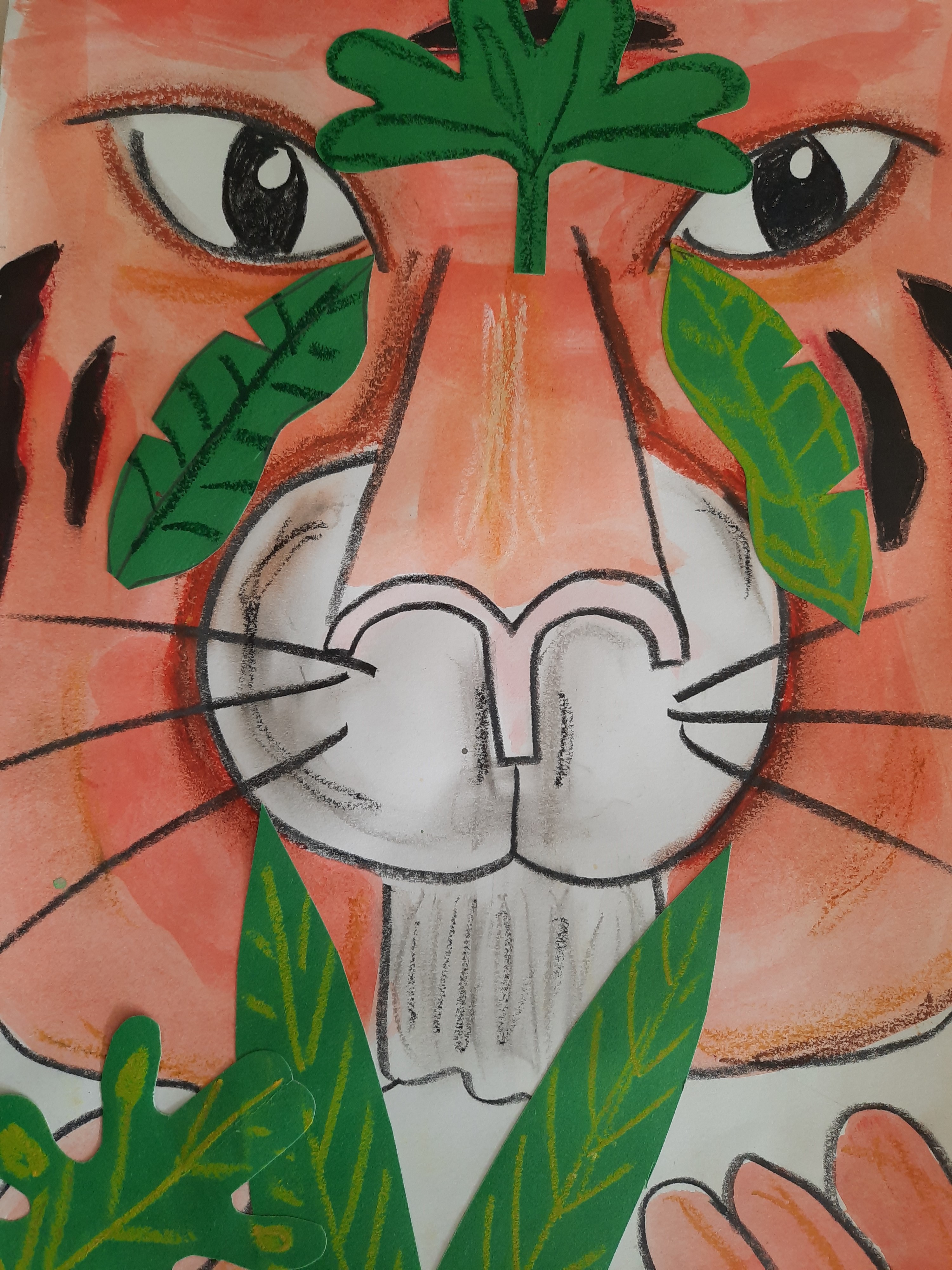This is an opportunity for the students to look for their favorite quote, and if they do not have one, to choose now.
What quote or phrase inspires you? How can you illustrate it?
I handed students working sheets to practice writing with pretty calligraphy, just print out alphabets found online using a light gray (lower down the resolution when printing) and ask the students to trace with pencils or calligraphy markers. Once they feel confident, they can practice writing their chosen quotes (if they do not have one, you can print out or project a bundle for them to choose) in a sketchbook or recycled paper. Once they are confident they can choose how to decorate their quote and move to their final paper (my middle school students are using watercolor sketchbooks, I found a local supplier selling large sketchbooks with great watercolor paper for 7 USD, a real deal), then worked on their illustration sketching with a pencil, then water coloring it. When the drawing was done, they wrote the quote with pretty calligraphy, using a pencil; we then used the ink mess to add color on that surface (use plastic folders and scribble randomly using markers, then add water with a spray bottle on top. Press on the surface where you want an ink mess). Let dry very well before tracing the quote with a marker.


























































































